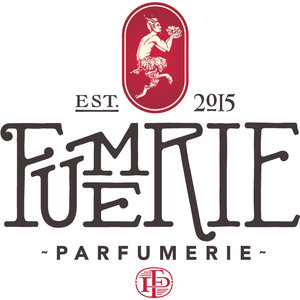Fougère
Fougère, French for fern, is a term used to refer to a fantasy accord—a smell not found in nature. The family owes its name to a fragrance released in 1882 by Houbigant: Fougère Royale. This unassuming fragrance had a massive impact and forever changed the perfume industry. Prior to Fougère Royale's release, fragrances were relatively simple compositions and intended to replicate the aroma of nature. Fougère Royale was different. Instead of replicating the smell of a violet or a rose, Parfumeur Paul Parquet composed something rich and multi-faceted: the first abstract fragrance. Utilizing newly discovered synthetics, Parquet's composition smelled unlike anything before. It is fitting that for its name he chose a plant that has no aroma of its own. With the release of Fougère Royale, modern perfumery was born and the parfumeur became an artist.
Over the past hundred and thirty-five years, the Fougère family has changed and grown but the core elements that define a fougère have remained the same. Traditionally, all fougères contain lavender, oakmoss and coumarin. Like the basic chypre structure, the basic fougère structure can serve as a skeleton for countless themes including aromatic fougères, citrus fougères, aquatic fougères, green fougères, fruity fougères and spicy fougères. That being said, all fougères share a quintessential character: they are herbaceous with a tobacco-like warmth and an aromatic intensity.
#11 AMIRAL ROYAL Binet-Papillon
21 CONDUIT ST. Jovoy
ARCADIA Hiram Green
BLEU SATIN MDCI
BRITTANY BREEZE Lubin
ÉL Arquiste
ÉVOCATIONS: BRITTANY BREEZE Lubin
HOW TO SAY BICYLE IN FRENCH IMaginary Authors
INVASION BARBARE MDCI
KASHMIR Ormonde Jayne
LAVANDE 44 Rania J
L’AIR DES ALPES SUISSES Tauer
L’ART DE LA GUERRE Jovoy
LE BARBIER DE TANGER MDCI
MONTRI Dusita
PELAGOS Dusita
PURPLE SUEDE Goldfield & Banks
SLEEPAWAY CAMP Xyrena
SLEIGHT OF FERN Masque Milano
SPACE COWBOY Xyrena
SPIRITO Meo Fusciuni
TELEGRAMA Imaginary Authors
VESPERO Jeroboam
Y2K Xyrena

